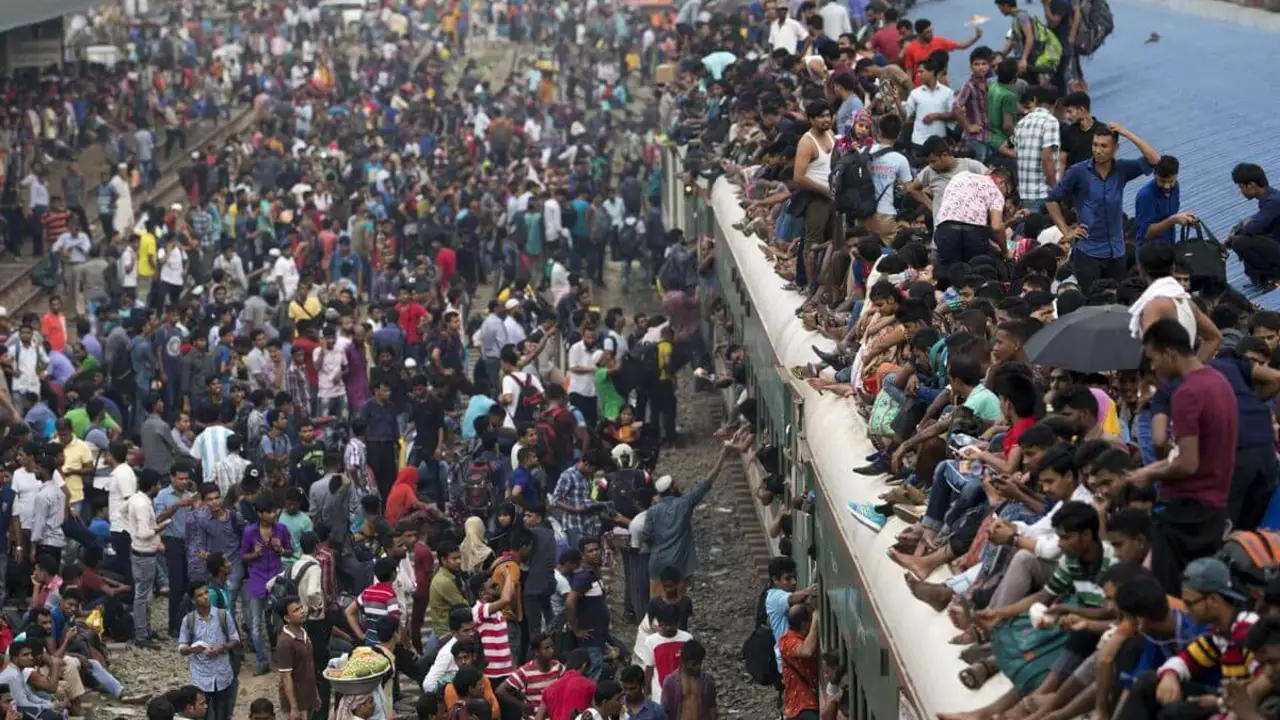Exploring India's Rapid Population Growth
India's population is the second largest in the world, trailing only behind China. This astronomical growth is not a recent phenomenon. For several decades, India has been experiencing an exponential increase in its population. Many factors have directly contributed to this rapid population growth, and understanding them is a critical step in addressing the challenges it presents. In this section, we'll delve into the historical and cultural reasons behind India's high population.
Historically, India has always been a densely populated region. Its fertile lands, abundance of natural resources, and strategic location on ancient trade routes made it an attractive place for humans to settle. With time, advancements in agriculture and technology have allowed the population to flourish. However, the rate of population growth has significantly accelerated in the last century due to a combination of factors including medical advancements, improved healthcare, and socio-cultural practices.
Age Structure and Fertility Rates
One of the major factors contributing to India's high population is its age structure and fertility rates. A significant portion of India's population is young, with a median age of around 27 years. This young population means that a large number of people are in their reproductive years, leading to high fertility rates.
Moreover, cultural factors play a significant role in driving up fertility rates. In India, having multiple children is often seen as a sign of prosperity and a way to ensure care in old age. Despite government efforts to promote family planning and contraception, these deep-rooted cultural beliefs often take precedence, leading to larger family sizes.
Life Expectancy and Mortality Rates
Increases in the life expectancy and decreases in the mortality rates have also contributed to India's growing population. Over the past few decades, India has made significant advancements in healthcare. This has led to a decrease in infant mortality rates and an increase in life expectancy. As a result, the population is not only growing but also living longer.
However, this longer lifespan also presents new challenges. As the population ages, there will be an increased demand for healthcare and social services. This puts additional pressure on India's already strained resources and infrastructure.
The Impact of Migration
While internal migration does not increase the total population, it does contribute to the high population density in certain areas. Many people in India migrate from rural to urban areas in search of better job opportunities and living conditions. This has led to overcrowded cities and slums, exacerbating issues related to sanitation, housing, and infrastructure.
Moreover, India is also home to many immigrants from neighboring countries, adding to its population size. These immigrants often come to India seeking refuge from political or economic instability in their home countries.
Addressing the Population Challenge
India's high population presents both challenges and opportunities. On one hand, it puts significant pressure on resources and infrastructure. On the other hand, it provides a large labor force that can drive economic growth. Therefore, addressing this issue requires a balanced approach.
Efforts to control population growth must go hand in hand with measures to improve living conditions and provide opportunities for all. This includes improving healthcare and education, promoting family planning, and creating jobs. Only by addressing these underlying issues can India effectively manage its population growth and leverage it for sustainable development.

